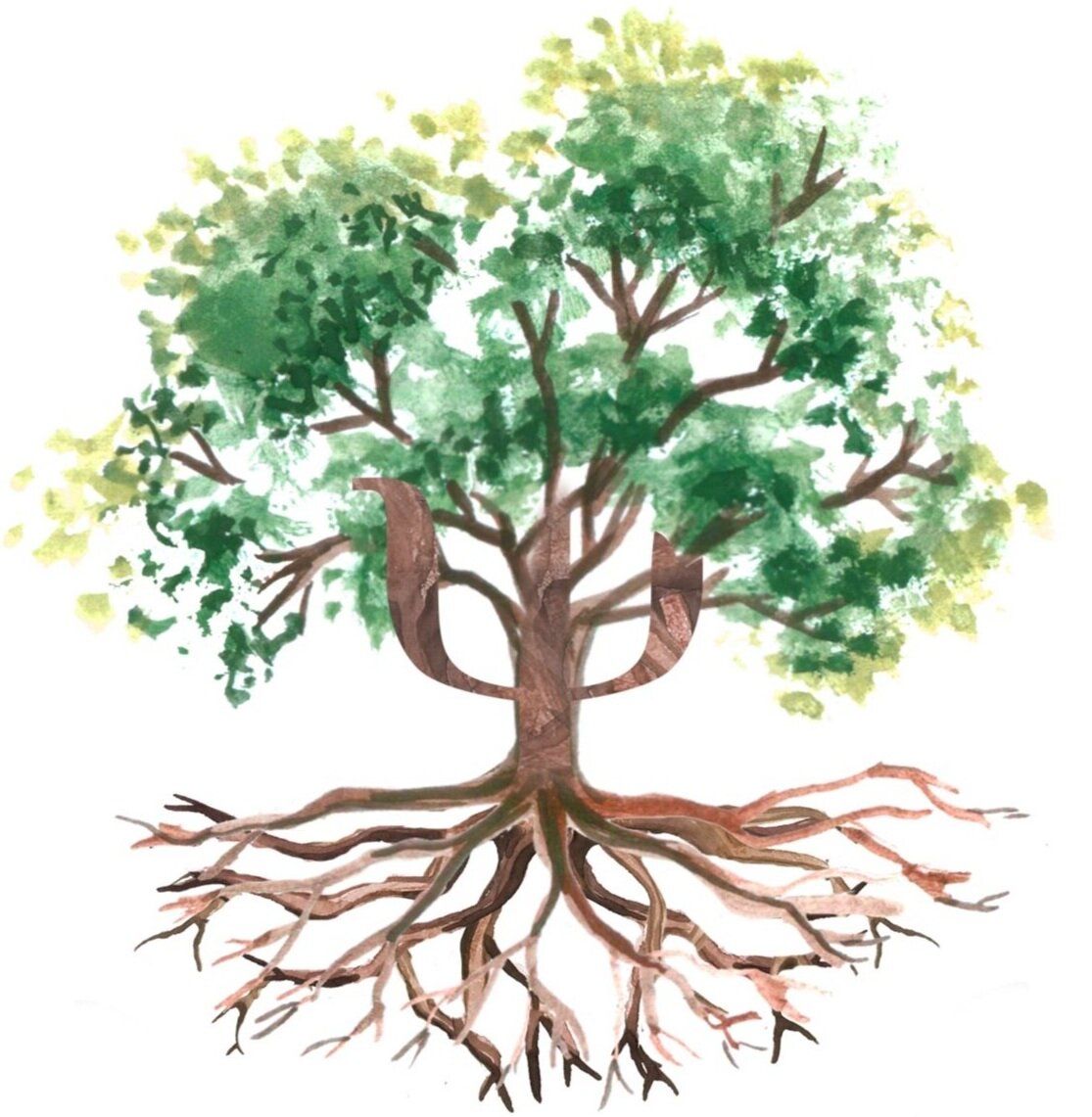ADDICTIONS
Opioid Use Disorder
Opioids are a class of drugs legally prescribed to treat severe pain. Examples of opioids include Codeine and Morphine. While the use of opioids can be medically justified for individuals recovering from a serious injury or surgery, they are highly addictive, especially when used over a prolonged period of time. Therefore, there are instances where individuals prescribed with opioids experience withdrawal symptoms after their prescription ends. There are also individuals who compulsively consume opioids for no medical reason, and simply for pleasure. These could lead to the individual obtaining opioids illicitly or even heroin (a drug that has rapid and accelerated effects).
Did you know?
In the USA, the opioid crisis was formally declared as a public health emergency in 2017. A staggering 42,000 people died from an overdose of opioids and over two million people have suffered from opioid use disorder in the USA in 2016.
Back home in Singapore, approximately 52.4% of unnatural deaths and 25.9% of suicides among substance abusers were due to the non-medical use of opioids. Finding a suitable intervention to tackle substance use disorders, especially opioids, is imperative for the war against drugs.
What is an Opioid Use Disorder?
Opioid Use Disorder is characterised by opioid use that causes significant impairment in daily functioning or distress, such as when the individual greatly desires but is unsuccessful to reduce their opioid use. The individual also consumes increasingly larger amounts of opioids to achieve intoxication due to an increase in tolerance that results from a diminished effect of the substance. Drug tolerance is the effect of a diminished response to a drug that occurs when the body adapts to the continued presence of the drug due to repeated use.
Other symptoms include the continued usage of opioids even when it is physically damaging and they may also have cravings for opioid use.
Opioid Withdrawal
Opioid withdrawal symptoms may appear when an individual ceases opioid consumption after a long period of use. These symptoms may develop within minutes to days after cessation, and range from nausea and diarrhoea, to insomnia, pupil dilation, and sweating. Withdrawal can be managed with medication and in-person care, depending on the severity of the symptoms.
Risk
Similar to a hit of dopamine, opiates give the individual a sense of euphoria, except that it’s much faster and more intense. Individuals with impulsive temperaments and sensation seeking inclinations are at higher risk of developing a substance abuse disorder, like opioid use disorder.
Development and Course
Opioid use disorder often lasts for many years with some brief periods of abstinence. Relapse is fairly frequent within treated groups, and only 20-30% of individuals abstain from the drug in the long run.
Consequences
While not all abusers might experience withdrawal symptoms, but they can be terrible and agonising.
Symptoms can include excessive sweating, vomiting, diarrhoea, abdominal cramps, body pains, headaches and insomnia. In more severe withdrawals, mania, delirium, hallucinations and even death can occur from cardiovascular collapse. These symptoms take place over a few days and upon subsiding, the cravings for the drug will be reduced.
Maladaptive behavior often results from prolonged opiate use as well, such as lying, stealing and even turning to prostitution to finance the drug habits. The lifestyle that results from addiction often leads to multiple further consequences, such as a poor diet and poor health.
Addressing Opioid Abuse
Medication is often prescribed to individuals to ease the distress of withdrawal symptoms. Once physical withdrawal symptoms have run their course, individuals enter a rehabilitation programme that focuses on resocialization into society, as many of them lack the social skills due to the lifestyle changes that accompany prolonged drug use.
Cognitive Behavioral Therapy (CBT) can be used to maximise effectiveness of interventions using medication. In CBT, faulty cognitions that maintain the addictive behavior are changed and positive cognitions and change behaviour are promoted. Behavioral techniques are used to reinforce positive non-drug taking behaviours in order to promote a drug free lifestyle.
